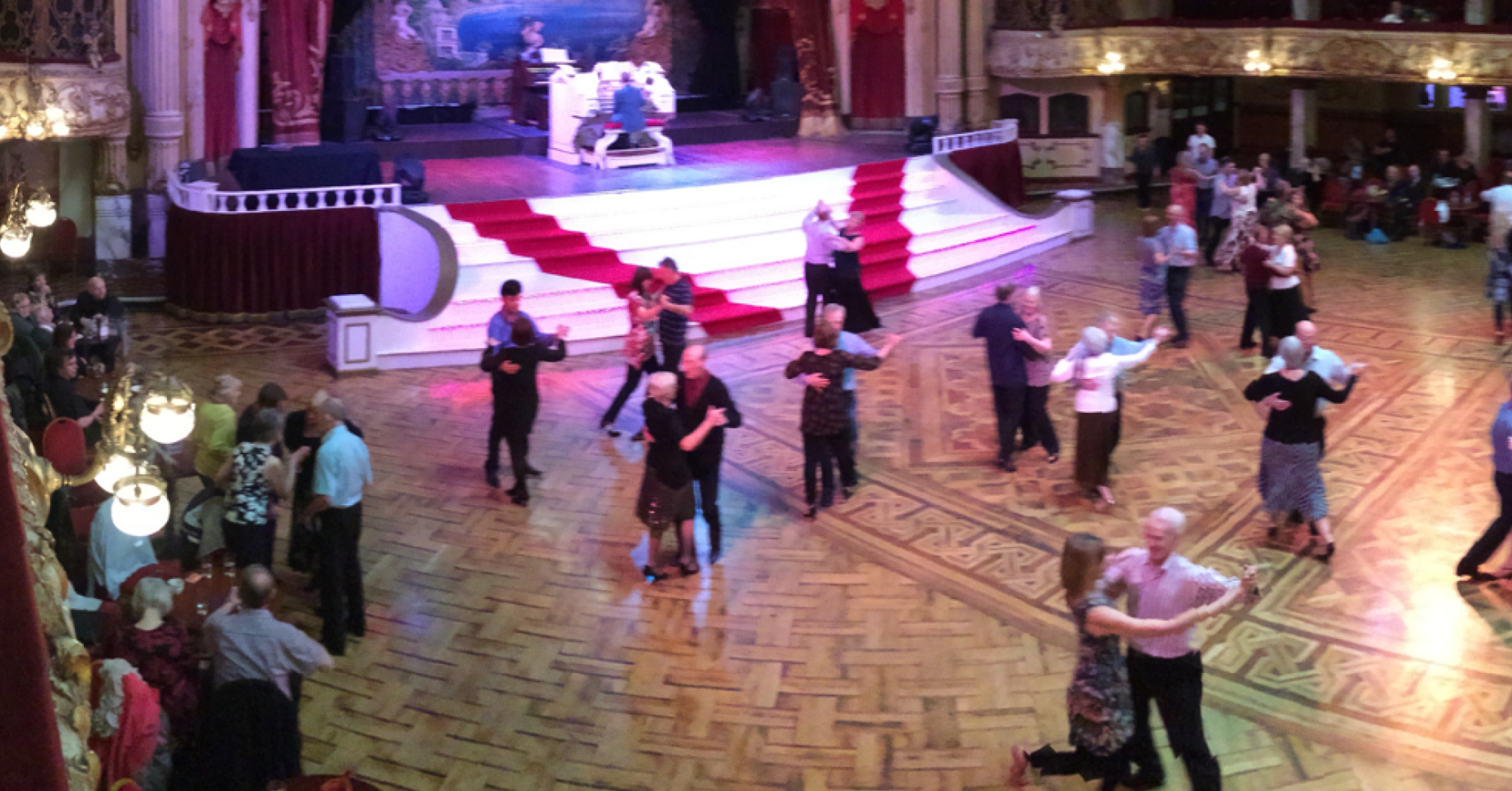we looked at the major ballroom dance muscle groups we use to make magic on the floor. Now let’s get specific. These muscles we often forget about, either because we’ve never heard of them, or because, well, they just don’t seem that important. Apologies in advance for some of the longer Latin words below – they may be hard to pronounce, but you’ll sound very impressive while using them.
Arms – Biceps, Triceps, and Rotator Cuff Muscles
Okay, you’ve almost certainly familiar with biceps and triceps, which help with bending and extending the elbow, and help with partner lifts, as well as maintaining that fabulous frame line. The rotator cuff muscles keep the bone of the arm connected to your collarbone and scapula (the wing-shaped bone on your back). Weakness in these muscles, or an overzealous dance partner can cause pain in the shoulder joint.
Torso – Obliques and Multifidi
Having trouble with your contra-body movement? Pushing your chest out too much? Need to tuck your hips forward? All these issues can be cured by paying some attention to the obliques. These powerful dance muscles wrap around our core, and provide much of it’s stability; allowing or restricting rotational movements, assisting tucking in of ribs and pelvis and flattening the stomach.
Your spine itself is protected by numerous tiny multifidi muscles, which tighten prior to virtually any bending or twisting. Best week these little guys strong, because they keep the weight distributed evenly and prevent back pain and stabilization issues later on.
Hips – Glutes, and Iliopsoas
Other then giving our butt that sexy curve, the glute muscles are key for turning out the feet in Latin/rhythm dances, as well as softening jumps, sideways movements like chasses and, of course, Cuban motion. The iliopsoas is the magic link that hooks the lower spine up with the leg bone, and is the major player in leg moves above 90 degrees, like Developee. Tightness in these muscles from over-clenching reduces flexibility and can cause your butt to stick out.
Legs – Iliotibial Band, Soleus, and Flexor hallucis longus
Show me a dancer who doesn’t need to stretch their iliotibial (IT) band regularly, and… well, I’ll be really surprised. The IT band runs down the side of your leg and is responsible for turning out your toes and making side-step actions. Dancers frequently stretch these out to avoid pulling on knees, hips, and lower back. The soleus and flexor hallucis longus run from the calf down to the foot, and help with pointing and flexing respectively. Like the IT band, it’s easy to over-use this pair with rise and fall movements, heel leads, or pushing off the floor for distance steps.
Feet – Abductor hallucis, Metatarsal and Phalange Muscles
Under the bottoms of our feet, the abductor hallucis gives mobility to the big toe and supports the arch of the foot. Keeping it strong also helps prevent the big toe from being pulled inward and creating swollen painful tissue called bunions.
Deep muscles located in the front of the foot (the metatarsal and phalange joints) must also be kept strong to allow the toes to flatten on the ground and provide stability. Ever tried walking with your toes crunched up? Don’t start now.
We’ve now made a good beginning with some of the most important dance muscles that move and groove us. Next, it’s time to examine how we keep them strong so we can dance from age 9 to 90.
